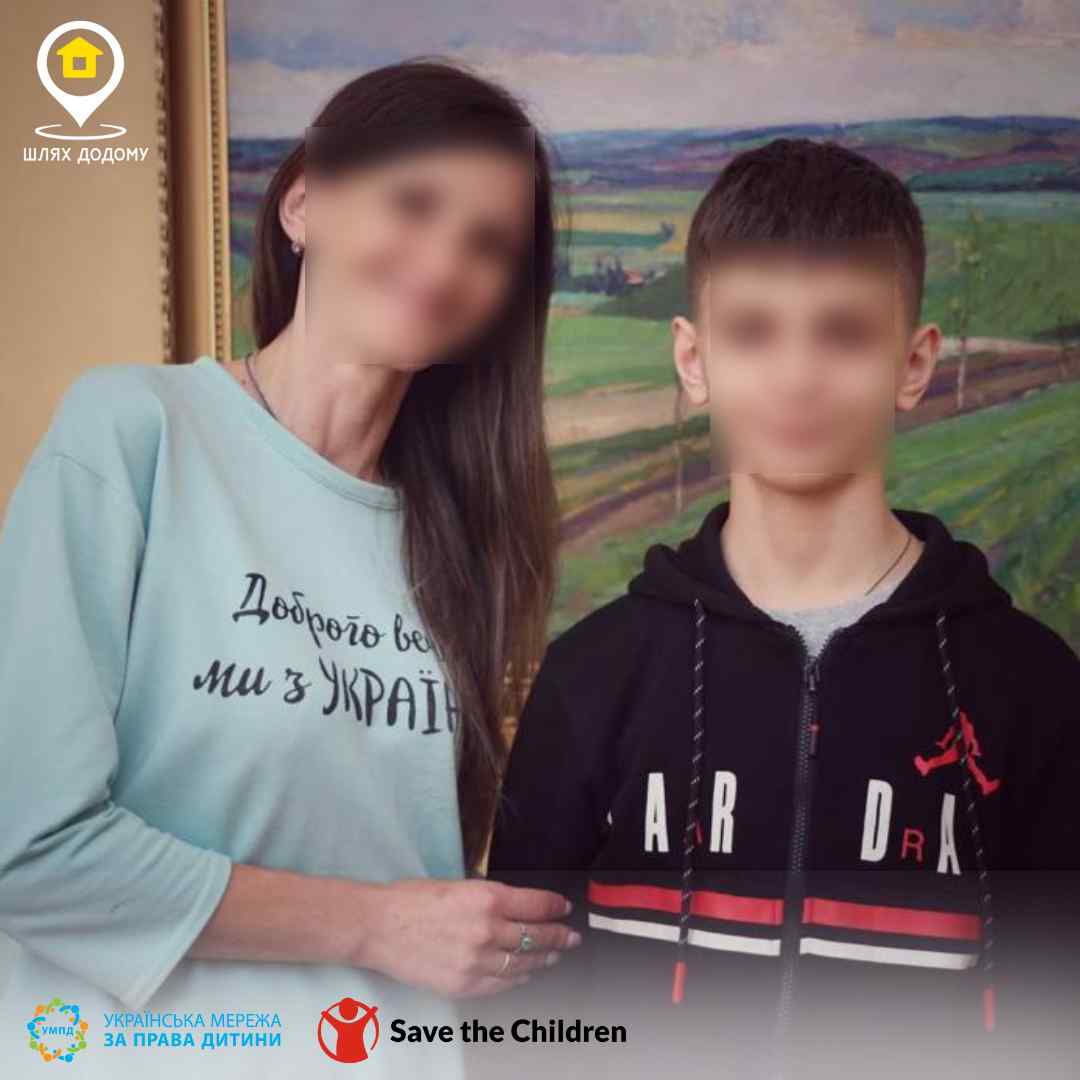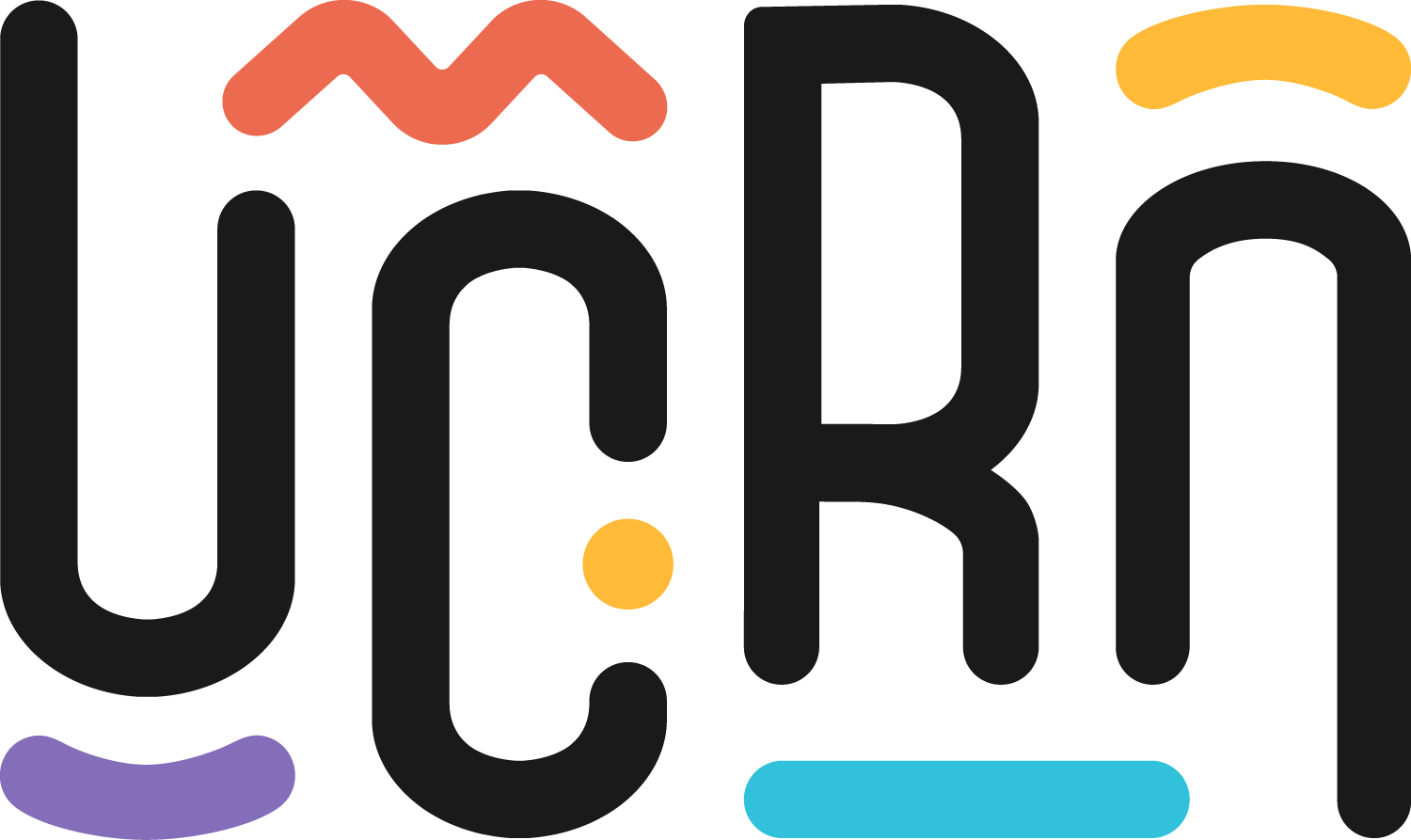
“The Way Home”: Return of 12-year-old David to Ukraine
For almost 1.5 years, David did not hear his mother’s voice, living first in the temporarily occupied Donetsk region and then in Russia. In early September, the grandmother returned the boy home with the help of the Ministry of Reintegration of the Temporarily Occupied Territories of Ukraine and the Ukrainian Child Rights Network.
For almost 1.5 years, David did not hear his mother’s voice, living first in the temporarily occupied Donetsk region and then in Russia. In early September, the grandmother returned her 12-year-old grandson home with the help of the Ministry of Reintegration of the Temporarily Occupied Territories of Ukraine and the Ukrainian Child Rights Network.
When the large-scale war broke out, David was staying with his great-grandparents in a small village in Donetsk Oblast. The village quickly came under occupation, and the parents were unable to take the boy out of there. For a year, David went to a Russian school – it was the only way to avoid the boarding school.
The boy was running through the school corridors and screaming:
“Ukraine will come with its Bayraktars, your school will be gone, and you will all be killed.”
Because of their grandson’s position, the great-grandparents were constantly in trouble, although they were all looking forward to “the arrival of Ukraine.”
When almost no one was left in the village and massive air strikes began, the boy’s uncle, who lived in Makiivka, took them first to Donetsk and then to the Moscow region. It was impossible to get to the territory of free Ukraine, so this was the only way to escape.
David’s mother began to look for opportunities to take the child away. She turned to the Ministry of Reintegration. The Ukrainian Child Rights Network, specialists of the Way Home project, immediately joined the project.
The family decided that Oksana’s grandmother, my mother’s mother, would go to pick up the child. We applied for a passport, made a power of attorney, and planned the route.
While Oksana was traveling across Ukraine, she kept in touch. But then she disappeared from the radar. And this, according to the organizers of the returns, is the problem of many who go to get their children: people do not understand that the condition to “stay in touch” is about their safety.
“That is, if they are not in touch, we will not be able to help in case of need,” says a social worker who accompanied the case. “We were lucky to have a normal, trusted carrier, and we learned everything through the driver.
…Oksana got in touch when she and her grandson crossed the border of one of the third countries through which they were returning to Ukraine. Fortunately, everything ended well. The boy is finally with his mother, he does not leave her and his sisters.
For almost 1.5 years, David did not communicate with his mother in person, except by text message back in Donetsk Oblast. I missed those years of studying at a Ukrainian school. When he lived in the Moscow region, he asked to be taken home, but his uncle said that no one would come for him. In the end, the guy resigned himself and withdrew into himself.
Nowadays, David tells almost nothing about himself, he just says: “I’m used to this life.” He is slowly returning to life with his family in the Lviv region and is already smiling a little. And our psychologist is preparing for classes with the boy.
===
The Way Home project is aimed at finding and returning children displaced to Russia or the temporarily occupied territories of Ukraine, as well as reuniting families whose children are without parents in the occupation. The project is implemented by the Ukrainian Child Rights Network in partnership with the international humanitarian organization Save the Children in Ukraine.
Our other partners are: Ministry of Reintegration of the Temporarily Occupied Territories of Ukraine, EDUKIDS Charitable Foundation, Media Initiative for Human Rights.
You can join the “WAY HOME” project as well. Click on the SUPPORT US button and make a contribution to the return of children, as it requires considerable resources.
The materials developed within the project do not necessarily reflect the official position of Save the Children.

